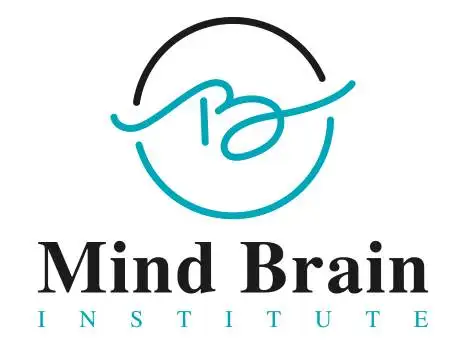
- Posted By MindBrain
- Comments 0
Understanding the Different Forms of Ketamine: IV, Nasal Spray, and Oral
Ketamine, originally developed as an anaesthetic, has gained prominence for its potential in treating depression, anxiety, PTSD, and chronic pain. As research into its therapeutic uses has expanded, so too have the methods of administration. Here, we’ll explore the three primary forms of ketamine administration: intravenous (IV), nasal spray, and oral, delving into their pros and cons, and what patients can expect from each.
Intravenous (IV) Ketamine
Pros:
1. Rapid Onset: IV ketamine is known for its fast-acting effects, often within minutes. This is particularly beneficial for acute depressive episodes or severe pain crises.
2. Controlled Dosing: Administering ketamine through an IV allows for precise control over the dosage and can be adjusted in real-time by medical professionals.
3. High Bioavailability: The bioavailability of IV ketamine is nearly 100%, ensuring the full dosage is available to the body.
Cons:
1. Clinical Setting: IV administration requires a medical setting, often necessitating visits to a clinic, which can be time-consuming and costly.
2. Invasiveness: The need for needle insertion can be uncomfortable and intimidating for some patients.
3. Cost: Due to the necessity of professional supervision and equipment, IV ketamine treatments can be expensive.
4.Patient Expectations:
Patients receiving IV ketamine can expect to be monitored in a clinical setting, typically for about 1-2 hours. The rapid onset of effects can provide quick relief, but some may experience side effects like dizziness, dissociation, or nausea during and after the infusion.
Also Read:Debunking Myths and Misconceptions About Ketamine Therapy
Nasal Spray Ketamine
Pros:
1. Convenience: Nasal spray ketamine, such as the FDA-approved esketamine (Spravato), can be administered more easily compared to IV, often in a doctor’s office.
2. Non-Invasive: This method is less intimidating and more comfortable for those averse to needles.
3. Fast-Acting: While not as rapid as IV, nasal sprays still provide relatively quick relief, usually within a few hours.
Cons:
1. Lower Bioavailability: The bioavailability of nasal ketamine is lower compared to IV, meaning not all the drug enters the bloodstream.
2. Side Effects: Some patients experience side effects like nasal irritation, a bad taste, or mild dissociation.
3. Regulation and Access: Nasal ketamine is regulated and must be administered in a healthcare setting under supervision, limiting the convenience factor somewhat. Its is currently not available in India.
Patient Expectations:
Patients can expect to self-administer the nasal spray under medical supervision, followed by a period of observation (about 2 hours). Effects begin within hours, providing relatively quick relief. Regular sessions may be required, typically once or twice a week.
Oral Ketamine
Pros:
1. Ease of Use: Oral ketamine is the most convenient form, as it can be taken at home without the need for medical supervision.
2. Cost-Effective: It tends to be less expensive than IV or nasal spray options, due to the lack of need for clinical administration.
3. Flexibility: Patients have more flexibility with timing and setting, making it easier to integrate into daily life.
Cons:
1. Lower and Variable Bioavailability: The bioavailability of oral ketamine is the lowest among the three methods, and can vary significantly between individuals, affecting efficacy.
2. Delayed Onset: Effects can take longer to manifest, typically 30 minutes to 2 hours after ingestion.
3. Variable Absorption: Factors such as food intake and gastrointestinal differences can affect absorption and effectiveness.
Patient Expectations:
Patients taking oral ketamine should follow their doctor’s dosing instructions carefully. They may need to adjust their schedule around the medication to monitor its effects and side effects, which can include dizziness, dissociation, and mild gastrointestinal discomfort.
Also Read:Ketamine vs. TMS: Comparing Effectiveness and Finding the Right Treatment for You
Conclusion:
Choosing the appropriate form of ketamine administration depends on a variety of factors, including the urgency of treatment, Availability, patient preferences, and specific medical conditions. Consultation with a healthcare provider is essential to determine the most suitable method based on individual needs and medical history. Each form has its unique benefits and drawbacks, but all have shown promise in the transformative treatment of various mental health and pain disorders.
Recent Posts
Recent Comments
No comments to show.


